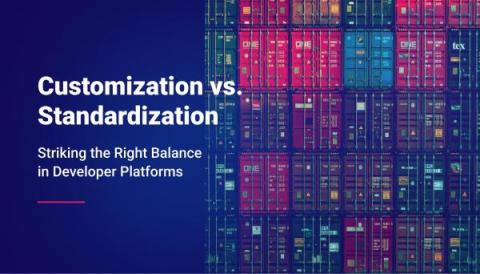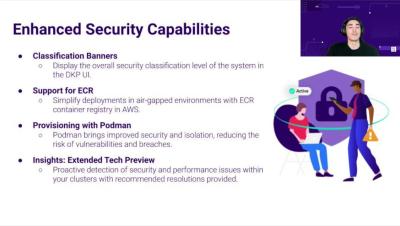Operations | Monitoring | ITSM | DevOps | Cloud
Containers
The latest News and Information on Containers, Kubernetes, Docker and related technologies.
Customization vs. Standardization: Striking the Right Balance in Developer Platforms
Challenges to Anticipate When Transitioning to an Internal Developer Platform
Streamlining Kubernetes Operations with Enterprise Workload Automation
Kubernetes integrations are now available for AutoSys, dSeries, and Automic Automation. It wasn’t that long ago that teams in many organizations started dipping their toes into the world of containers and microservices. It didn’t take long for this approach to application development and orchestration to take hold, and for Kubernetes to emerge as a dominant, broadly used technology.
D2iQ's DKP 2.6 Announcement Video: AI-Powered and Secure Cluster Management
Security Considerations for Your Internal Developer Platform
Discover the Root Cause of Your Cloud Spend Issue
If you’re sick with a cold then measuring your body temperature is a wise move or maybe if things are really bad a visit to a doctor might result in testing vs. what are considered “normal” levels in order to diagnose the issue; seasonal flu or infection? To improve our health after picking up a bad bug, we do things that affect our situation back to normal levels once again where we can then declare ourselves healthy.
Introduction to Internal Developer Platforms: What, Why, and How?
What Happens to DevOps when the Kubernetes Adrenaline Rush Ends?
Kubernetes has been around for nearly 10 years now. In the past five years, we’ve seen a drastic increase in adoption by engineering teams of all sizes. The promise of standardization of deployments and scaling across different types of applications, from static websites to full-blown microservice solutions, has fueled this sharp increase.











